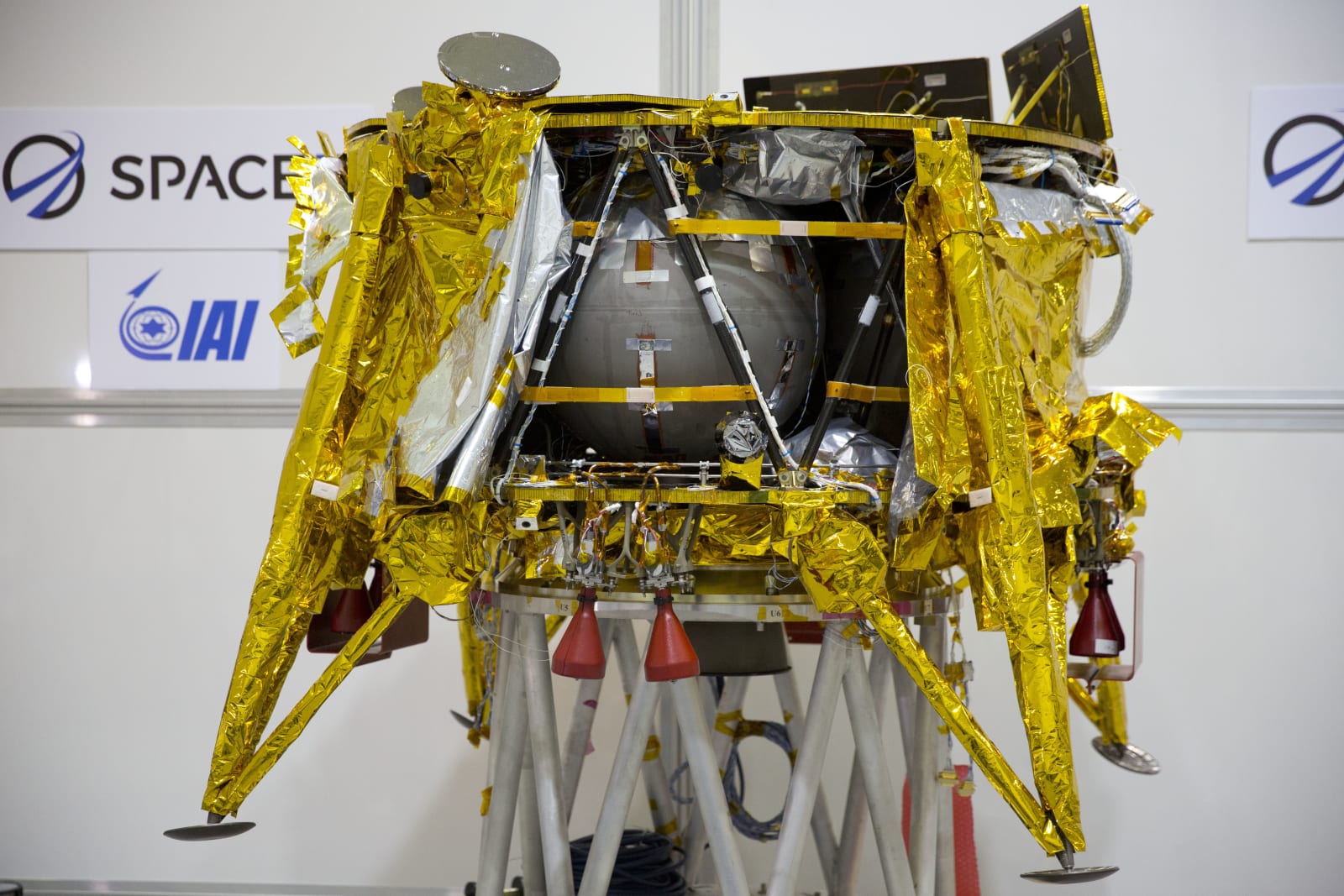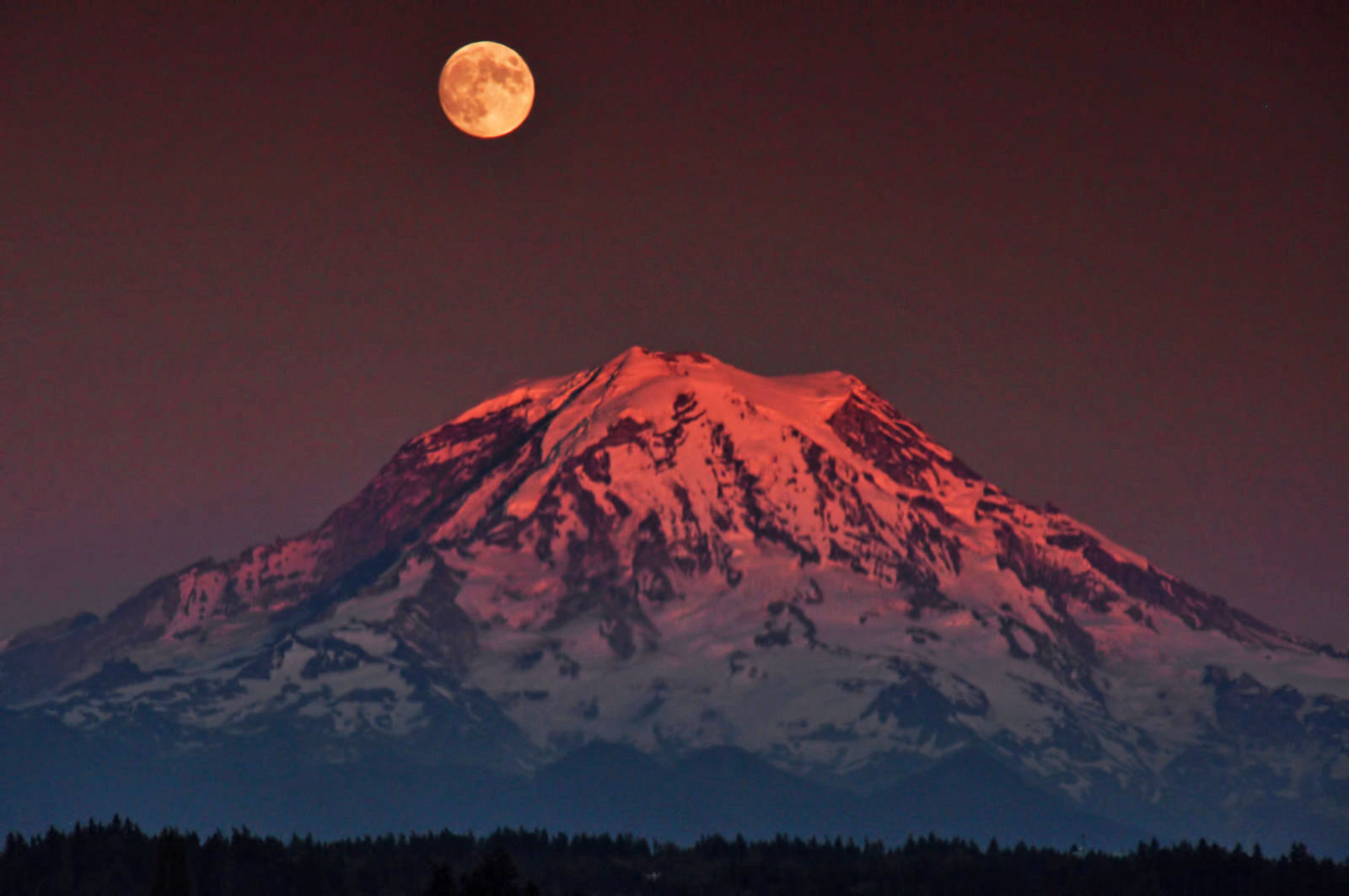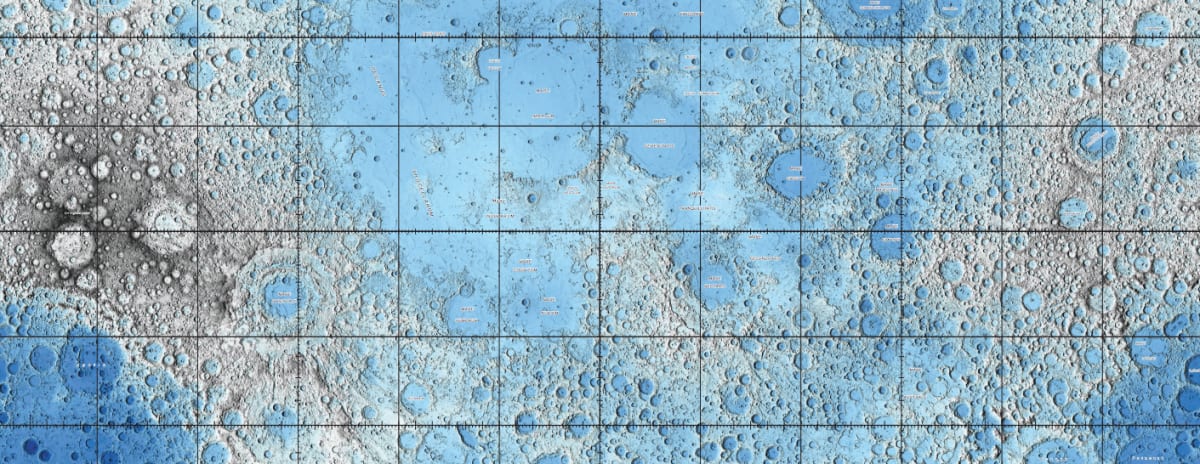
NASA is no stranger to shooting lasers at spacecraft orbiting the moon (seriously), but it's now moving beyond "basic" tasks like tracking their location. The space agency announced yesterday that it has successfully demonstrated one-way laser communication with a satellite orbiting the moon for the first time. For that milestone, NASA chose to send an image of the Mona Lisa, which was transmitted to the Lunar Reconnaissance Orbiter in a series of laser pulses beamed from NASA's Goddard Space Flight Center in Greenbelt, Maryland. Not surprisingly, that means of communication introduced its share of challenges, including interference from turbulence in the Earth's atmosphere. To compensate for that, NASA used what's known as Reed-Solomon coding to reconstruct the image (pictured after the break), which is the same process used for error correction in CDs and DVDs. You can find more details from NASA, and a video explaining the whole process, at the source link below.
[Image credit: NASA, Tom Zagwodzki/Goddard Space Flight Center]

Filed under: Science, Alt
Comments
Via: The Inquirer
Source: NASA
 Private spaceflight isn't quite ready to mark another milestone. SpaceIL's Beresheet lander has crashed on the Moon after mission controllers lost communication during its descent to the lunar surface. It did successfully take a selfie on the way dow...
Private spaceflight isn't quite ready to mark another milestone. SpaceIL's Beresheet lander has crashed on the Moon after mission controllers lost communication during its descent to the lunar surface. It did successfully take a selfie on the way dow...
 Private spaceflight isn't quite ready to mark another milestone. SpaceIL's Beresheet lander has crashed on the Moon after mission controllers lost communication during its descent to the lunar surface. It did successfully take a selfie on the way dow...
Private spaceflight isn't quite ready to mark another milestone. SpaceIL's Beresheet lander has crashed on the Moon after mission controllers lost communication during its descent to the lunar surface. It did successfully take a selfie on the way dow...
 If we're ever going to colonize another world, we can't rely solely on the supplies we bring with us. We'll have to make use of the resources available at our destination, with water being one of the most important. Not only can we drink it, but add...
If we're ever going to colonize another world, we can't rely solely on the supplies we bring with us. We'll have to make use of the resources available at our destination, with water being one of the most important. Not only can we drink it, but add...
 The existing lunar maps used by the US Geological Survey are two years older than I am. But thanks to the tireless efforts of NASA's Lunar Reconnaissance Orbiter (LRO), Earthbound astronomers can get up close and personal with our planet's Gilligan...
The existing lunar maps used by the US Geological Survey are two years older than I am. But thanks to the tireless efforts of NASA's Lunar Reconnaissance Orbiter (LRO), Earthbound astronomers can get up close and personal with our planet's Gilligan...

